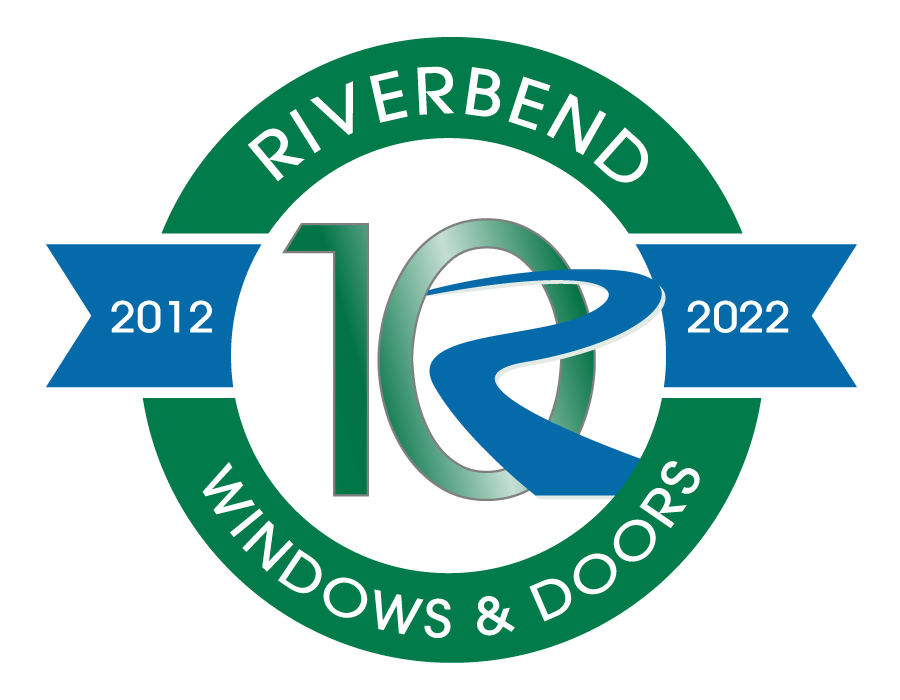Windows and doors are fundamental to the structural integrity and aesthetics of any home. However, they are also susceptible to corrosion, a process that can severely undermine their functionality and appearance. By understanding the causes and effects of corrosion, homeowners can take steps to protect and maintain the longevity and performance of these essential components.
What is Corrosion?
Definition and Basic Explanation
Corrosion is essentially the deterioration of materials through a chemical reaction with their environment. In the case of windows and doors, this often means the degradation of metal parts when exposed to moisture, air, or chemicals.
Types of Corrosion
There are several types of corrosion that can affect windows and doors:
- Galvanic Corrosion: Occurs when two different metals are in contact in the presence of an electrolyte, leading to one metal corroding faster than the other.
- Crevice Corrosion: Develops in confined spaces where a limited amount of the corrosive fluid can enter.
- Pitting Corrosion: Results in small, deep pits on the metal surface, highly damaging and difficult to detect early.
- Uniform Corrosion: Spreads evenly across the surface, often easier to detect and manage.
Causes of Corrosion in Windows and Doors
Environmental Factors
- Moisture and Humidity: These are among the most common catalysts for corrosion, particularly for metal frames and hardware. Moisture can seep into even small imperfections and initiate the corrosion process.
- Salt and Chemical Exposure: Homes near the ocean or in industrial areas might see accelerated corrosion due to exposure to salt and harsh chemicals, which speed up the metal degradation process.
- Temperature Fluctuations: Frequent changes in temperature can cause materials to expand and contract, which may crack the paint or coatings meant to protect from corrosion.
Material Quality and Types
- Metal Types: Different metals have different susceptibilities to corrosion. For instance, iron is more prone to rusting, whereas aluminum may corrode but does not rust.
- Protective Coatings and Their Failures: Protective coatings like paint and galvanizing are critical in preventing corrosion. However, if these coatings are applied incorrectly or become damaged, the protected metal can begin to corrode.
Improper Installation and Maintenance
- Lack of Proper Seals: Improperly installed windows and doors might lack adequate sealing, allowing moisture to penetrate and cause corrosion.
- Neglecting Regular Maintenance: Failing to perform regular maintenance can leave windows and doors vulnerable to corrosion. Regular inspections and timely repairs are crucial to prevent long-term damage.
Effects of Corrosion on Windows and Doors
Structural Integrity
- Weakening of Materials: As corrosion progresses, it can significantly weaken the metals used in windows and doors, compromising their structural integrity.
- Risk of Breakage and Collapse: In severe cases, corroded frames may fail, leading to the breakage of glass or complete collapse of the structure.
Functional Impairments
- Difficulty in Operation: Corroded tracks or hinges can make windows and doors tough to open and close, hampering their functionality.
- Seal Failure: Corrosion can also damage the seals, leading to drafts and energy inefficiencies.
Aesthetic Damage
- Visual Deterioration: Corrosion typically leads to unsightly stains, flaking, and discoloration, which can degrade the appearance of a property.
- Decreased Property Value: Visible corrosion can adversely affect property value, making it difficult to attract buyers or renters.
Preventative Measures and Treatments
Choice of Materials
Using corrosion-resistant materials like treated wood, vinyl, fibreglass, or stainless steel can be more effective, especially in high-risk areas.
Protective Coatings and Treatments
Regular application of protective paints and using anodic protection where necessary can shield metal components from the onset of corrosion.
Environmental Controls
Employing dehumidifiers and ensuring good ventilation can help in keeping the areas around windows and doors dry, significantly reducing the risk of corrosion.
Regular Inspections and Maintenance
Establishing a routine for regular checks and maintenance ensures early detection and remediation of potential corrosion issues, thus prolonging the life and functionality of windows and doors.
Safeguarding Your Windows and Doors Against Corrosion
Corrosion in windows and doors is not just a cosmetic issue—it can lead to serious structural and functional problems. Understanding its causes and effects helps homeowners recognize early signs and take preventive measures. With proper materials, regular maintenance, and timely interventions, the life span of windows and doors can be significantly extended, ensuring they remain functional and attractive for many years.
